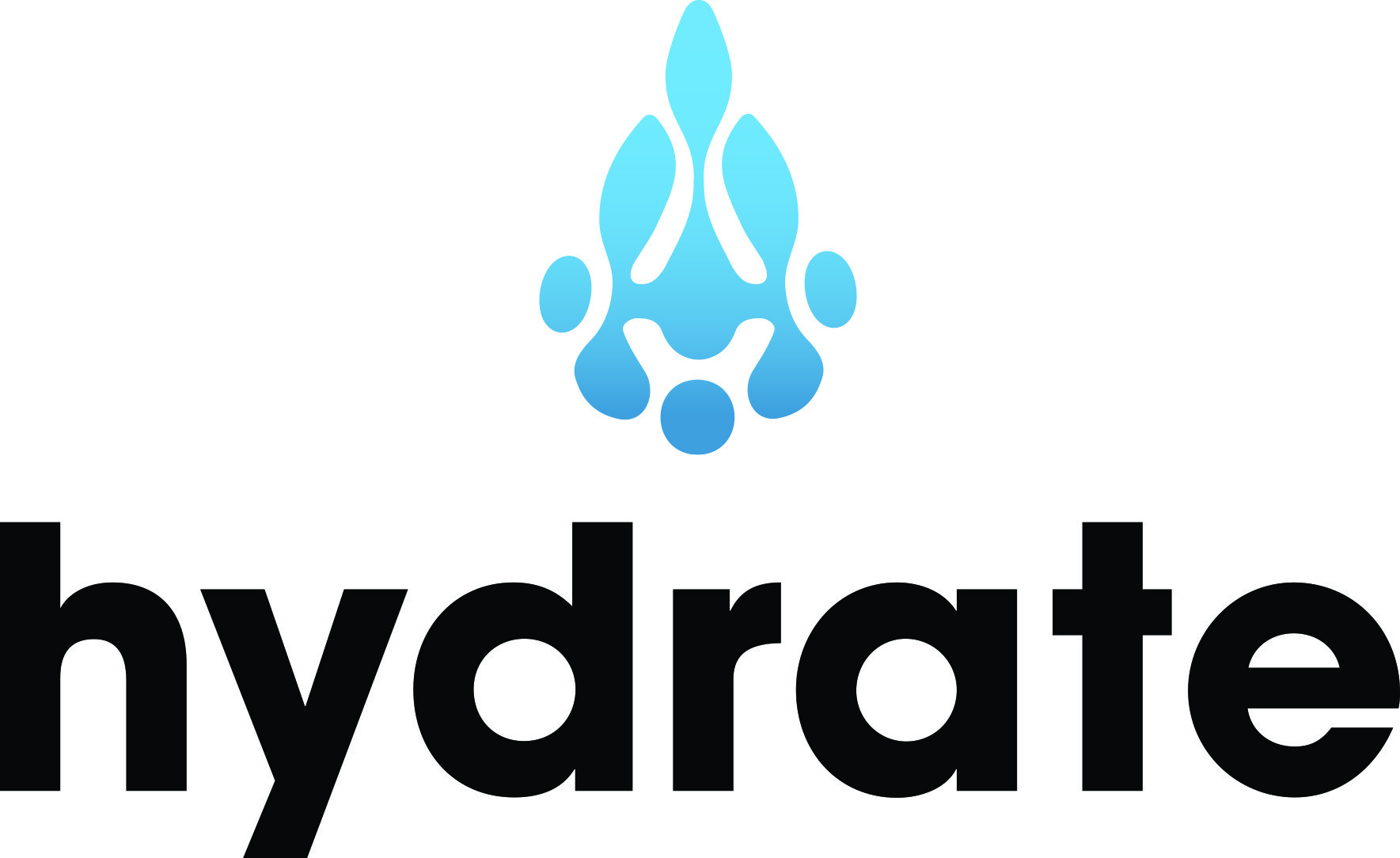You might not think about it this way when going through your junk folder, but email marketing is quite the art form. Although some companies may only be sending hard sales pitches to their contacts, that is a mistake. Marketing emails are meant to be relationship building tools, and they’re definitely tools that you want to use correctly. According to HubSpot, 59% of marketers say email is their biggest source of ROI.
If you’re using care and consideration to craft your email messages, then your contacts will actually look forward to receiving more of them. You can tell if you’re being successful in your efforts by looking at the open rates which email platforms such as HubSpot, Constant Contact, and Mailchimp provide. Not only do these platforms provide you with tools like analytics and contact management, they also make it fairly easy for anyone to insert interesting graphics into their emails.
However, to run a successful email marketing campaign, you don’t necessarily need all the bells and whistles. No extra feature in the world can make up for poorly written text. Your message, the reason you’re sending the email in the first place, should be your foundation. Once you clearly relay that, you can build the rest out from there.
Here are the main things you should know about writing a marketing email that will actually delight the recipients...
It all starts with the subject line.
The subject line is your hook. It needs to interest people enough that they’ll open the email and read the first sentence of the body copy. From there, the first sentence should convince them to read the second sentence, and so on. In all forms of writing, this is the goal: catch the reader’s attention right away, then give them reasons to keep reading. When writing emails, this begins with the subject line, and if you’re not careful, it can end there as well.
When writing a subject line, make sure to be truthful. No one likes clickbait. Don’t lie about knowing a prospect you haven’t conversed with before. Don’t offer something in the subject line that you don’t address in the email. If you pull things like that, people will start to distrust your brand and your open and click rates will plummet.
Why Invest in Women-Owned Business?
A good subject line will be short and clear. HubSpot recommends using subject lines with fewer than 50 characters. It’s basically a call to action. Use verbs to let people know that they should open the email and adjectives to let them know why. From there, you can think about how to make the language catchier or the format more interesting. Try asking a question or using numerals, for example.
Use language that targets your audience specifically.
Within your chosen email platform, you should be segmenting your contacts into lists based on criteria such as shared interests or being part of the same industry. For example, you might know that you do a lot of business with graphic designers. Make a list of all contacts that have that job description and send separate emails to this specific group from time to time. The key to sending emails to segmented lists is that you must speak to these contacts directly. Use the words “graphic design” in the subject line and send them articles on how to hone their craft. This will make the recipients feel special and they will realize that you’re actually paying attention to who you’re sending to.
With all of your emails, take your contacts into consideration and provide them with content that is relevant and specific to them. People want to feel like you’re communicating with them directly and with purpose. Another way to keep things personal is by writing in second person, meaning using pronouns like “you,” “your,” and “yours.” Take it one step further by using personalization tokens to target contacts by name, company, location, etc. Addressing people specifically helps to create rapport. Start using this kind of language in the subject line and carry it through into the body text.
Begin with the benefits.
Another important thing to get across somewhere between the subject line and the end of the first paragraph is how whatever you’re offering in this email will benefit the recipient. Don’t waste time at the beginning of the email by introducing yourself or describing your company; you can always get into that later on. Instead, start the body of your email in a way that will inform the reader about how whatever you’re going to say will be useful to them. Your contacts need to see genuine value in the content you’re sending them if you want them to convert to customers or become repeat customers.
Educate your contacts.
Sending your contacts valuable resources (like downloads, e-books, cheat sheets, and blogs) is common in email marketing, and with good reason. People actually like to receive this kind of email! Share some relevant tips in the body of your email, use statistics and facts to prove any points you’re trying to make, then link through to something that will provide those who are interested with more information.
Don’t bore your contacts.
Although you may be taking this communication as an opportunity to educate, don’t be that professor that makes students fall asleep mid-lecture. Be brief and purposeful, almost like you would with an internal business email. Don’t waste anyone’s time with small talk. Most importantly, be aware that more people skim emails instead of actually reading them. So, not only should your message be short if you want to keep your readers’ attention, you should also format your message in a way that makes your main points stand out from the rest of the text. Use a bigger font size or make specific passages bold, for example.
Call recipients to action.
Good marketing emails should have one clear call-to-action. Recipients should know what the next thing you want them to do is, without hardly even thinking about it. You can tell them via a button, a clickable image, or simple linked text.
Of course, flashy pictures or graphics help to grab attention when someone is skimming, but this effect can also be achieved through plan text. Make the call to action big and bold and put it on its own line. Again, the text is the most important part. If your button doesn’t have simple language like “read our latest blog,” “schedule a demo,” or “chat with a sales rep,” it won’t matter how visually appealing it is. The whole point is to make it very obvious what action the recipient should be taking.
Another thing to note, stick with one primary call-to-action. No point in trying to compete with yourself for attention by linking through to a plethora of places, you’ll just confuse the reader. You can, however, use the same call to action multiple times throughout the email to really hammer the point home. Just make sure you only have one, clear point.
Double check… No, triple check your work.
Because the quality of your writing is the foundation of any marketing email, make sure to check for spelling, grammar, and overall readability. Get another set of eyes on the thing for that matter. Most email platforms allow you to send “tests” and “previews” of messages to yourself and coworkers, which is extremely helpful. This allows you to check on the format as well before committing and pressing send.
A couple of common mistakes…
- If you use a template provided by your email platform, make sure you’ve filled in all your information. Don’t leave in any template text, such as “introduction goes here.” It will make you look novice and unprofessional.
- Look at your test emails on a mobile device as well as a desktop. What device a recipient is using can drastically change the format of an email. Plus, you may have specifically put key information in the first paragraph (like we suggested earlier). Make sure mobile readers can access this information right away and that your header or greeting isn’t taking up too much of the prime real estate.
It can be nerve wracking to send marketing emails. All of our inboxes are filled to the brim and trying to be seen is an intimidating process. However, a well written, valuable email will always stand out from the crowd. Start by implementing the aforementioned tips. Once you’re skilled in sending clear yet catchy messages to your contacts, there is so much more you can do in terms of adding visuals, making lists, analyzing data, and setting up pipelines so that your contacts automatically get emails sent to them at optimal times. Just never forget that the foundation of your writing has to be strong in order for you to successfully build upon an email marketing campaign.







